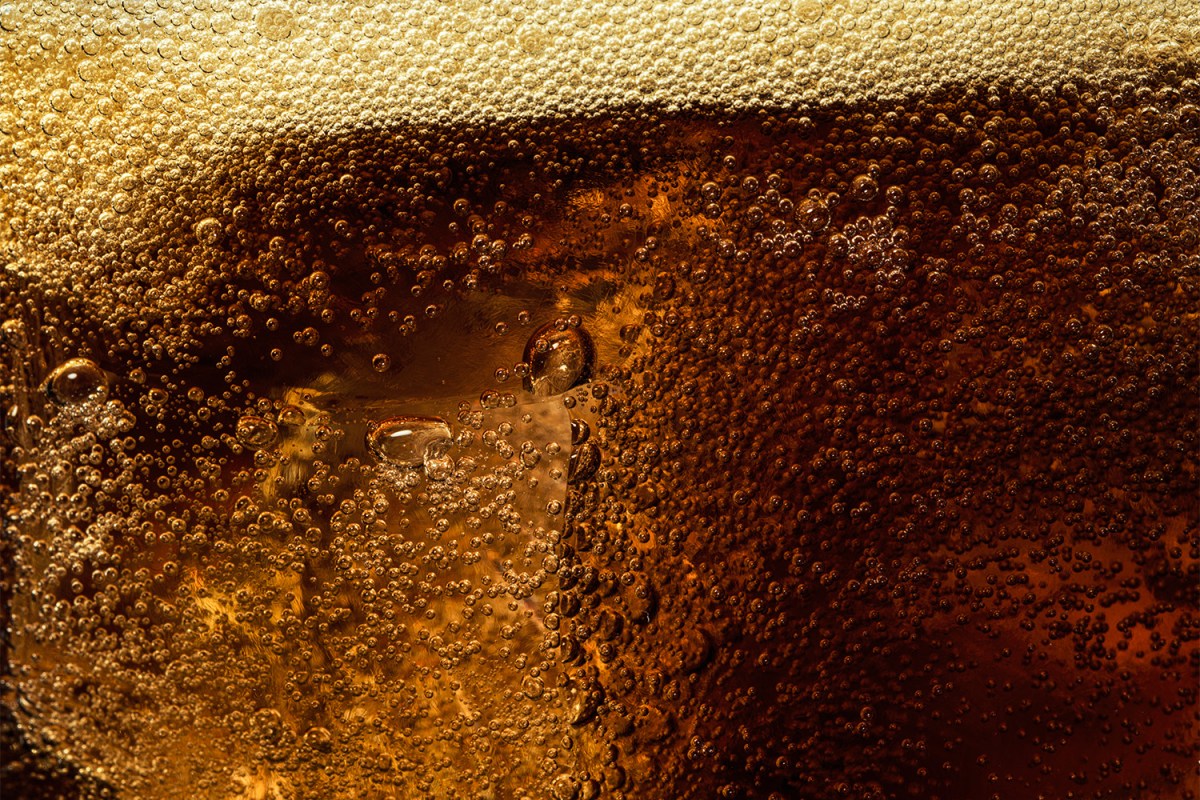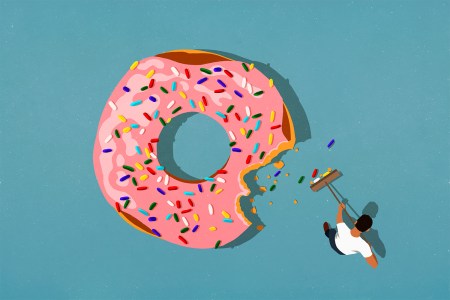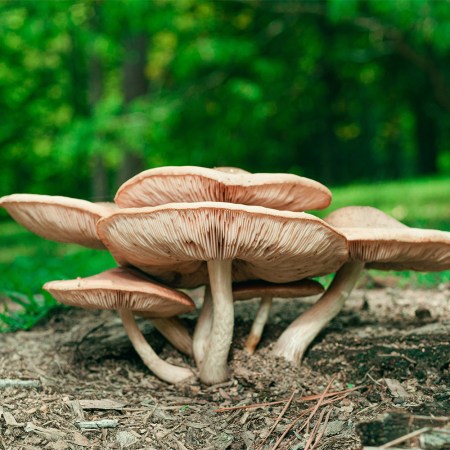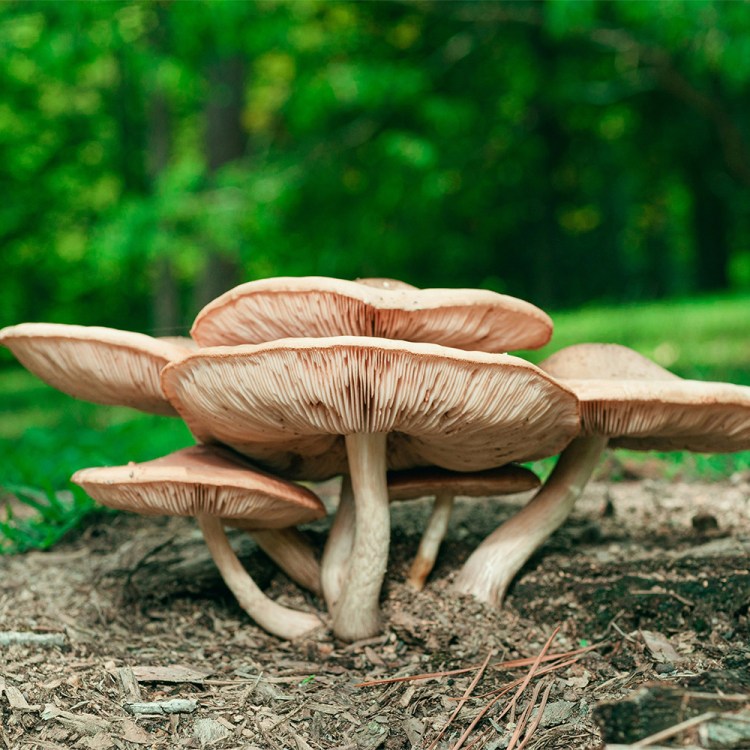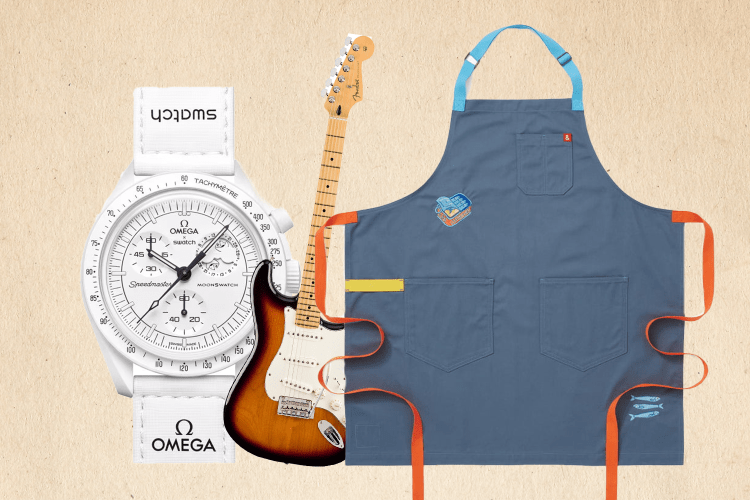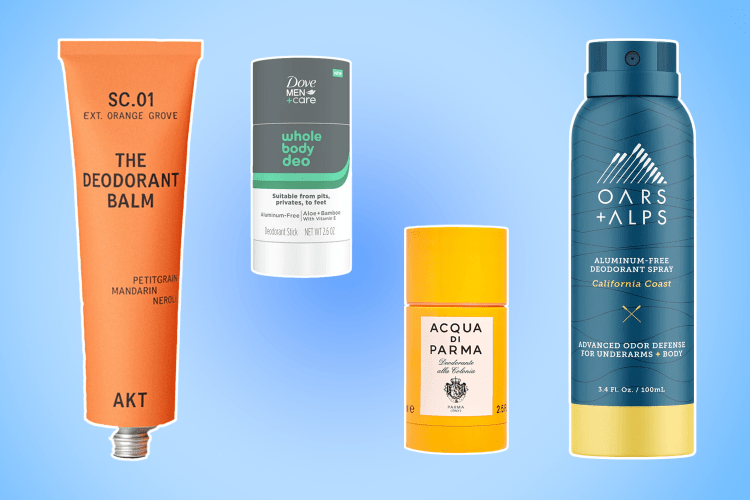Poppi? Olipop? Culture Pop? Poplooza? I buy, drink and enjoy prebiotic and probiotic sodas, yet routinely forget what the difference is. Some quick internet research confirms that I made that last brand up, but even still: the gut health soda market has exploded over the last few years. The market for these drinks was valued at $210 million in 2022 and is forecasted to more than double by 2032. If you’ve been to a Whole Foods in the last six months — or have a few Gen Z coworkers at the office — you know these drinks are everywhere.
Even if the trend isn’t ringing a bell, you’ve almost certainly seen a Poppi commercial. The young company, founded in 2016 by a husband and wife team, staged its first national commercial during this year’s Super Bowl.
Elemental to the nouveau soda pitch isn’t just that they’re not bad for you — as opposed to normal soda, which me, you and Mike Bloomberg know wages war on one’s teeth, heart and midsection. These brands assert that their sodas are actively good for you. The cans all say something to the effect of “Supports digestive health.” When I reach for an Olipop Classic Root Beer from the office fridge, I feel like I’m doing something for myself.
Are they actually healthy for you, though? Can you justify drinking one every afternoon? The truth, as ever, is more complicated than the claims.
The Anti-Inflammation Primer: 7 Ways to Fight Back This Year
Chronic inflammation intersects with just about every disease you’ve ever heard of. Let’s get it under control.What’s in a Can?
For an idea of what’s in these sodas, let’s take a look at Olipop’s Doctor Goodwin, the brand’s take on Dr Pepper. Here’s a snapshot of the soda’s ingredients:
- Carbonated Water, Olismart (Cassava Root Fiber, Chicory Root Inulin, Jerusalem Artichoke Inulin, Nopal Cactus [Extract], Marshmallow Root [Extract], Calendula Flower [Extract], Kudzu Root [Extract]), Allulose Syrup, Cassava Root Syrup, Prune Juice Concentrate, Plum Juice Concentrate, Tart Cherry Juice Concentrate, Natural Spice Flavor, Natural Fruit Flavor, Lemon Juice, Stevia Leaf (Extract), Himalayan Pink Salt, Double-Fold Vanilla (Extract), Green Tea Caffeine (Extract), Malic Acid
You’ll notice some creative ways there to recreate Dr Pepper’s famous “could be cola, could be root beer” blend — vanilla, pink salt, natural spice, syrups — plus an array of natural sweeteners and juices taken from real fruits. Nutritionally speaking, it’s more than fine. A can is 45 calories, six carbs. It’s also vegan and gluten-free.
The Prebiotic Presence
But the pitch, as we mentioned earlier, is that these soda alternatives are fundamentally healthy — they’re a product that could tangibly improve your diet and gut health. The best case for that take would appear in the parentheses after “Olismart,” where we see a variety of root extracts, plus a soluble, prebiotic fiber called inulin.
Inulin has nutritional street cred for improving digestive health, by feeding gut bacteria and nourishing colon cells. It has also shown promise in helping people manage weight gain, control their diabetes, and pass bowel movements with more reliability and consistency.
As we’ve covered in detail previously, most Americans consume just half of their daily recommended fiber intake. That’s a problem. As Dr. Will Bulsiewicz, a gastroenterologist, outlined on The Rich Roll Podcast, “Our microbes turn around and reward us when we feed them fiber. They create short-chain fatty acids, which optimize our immune systems.”
Prebiotics are high-fiber foods or drinks that feed the microorganisms in your gut. (Probiotics, on the other hand, introduce live microorganisms to the gut.) So from that standpoint, yes, drinking a prebiotic soda will up your fiber intake — the Doctor Goodwin example from earlier contains 32% of your daily dietary fiber needs…in one can. Pretty good!
Other brands, like Poppi, have less fiber. That brand’s grape soda contains 7% of your daily requirement, but it’s coupled with “organic agave inulin” and buzzy super-ingredient apple cider vinegar. (We break down that trend in detail here.)
Our Verdict
One helpful way to think about these trends, I’ve found, is to determine their necessity to your lifestyle. So many products could be qualified as “not bad for you,” but all of them cost money and calories — when adding them into your dietary routine, consider A) what they’re replacing, B) whether you’re burdening them with lofty expectations and C) what you derive from the experience of consuming them.
Sound a little philosophical for some wacky fake sodas? Maybe. But consider this: if a daily Doctor Goodwin is replacing a Dr Pepper (you can reacquaint yourself with that back-of-can horror show here), then yes, in that frame of mind, Doctor Goodwin is healthier. It’s substituting for something that’s dreadfully unhealthy.
To the second point, maybe a prebiotic soda is your daily nudge to consume more fiber. It can’t do the job on its own (you’re not going to drink three cans), but perhaps it will get you started, paving the way for natural ingredients like fruit, crunchy greens, nuts, whole grains, beans, sourdough bread, onions, yogurt, sauerkraut and kimchi to do the rest. There’s no need for you to subscribe to a 12-pack of soda cans as a building block of your diet. Go to the market and get a handful of raw veggies for cheaper.
Finally, as someone who likes drinking these sodas, I personally think their gift is conscience-free consumption. It’s a treat that won’t make you feel guilty, like so much of the other crap at the grocery store. Alternative soda isn’t the sweetest drink I’ve ever tasted, but it’s sweet enough. And that’s good enough for me.
Whether you’re looking to get into shape, or just get out of a funk, The Charge has got you covered. Sign up for our new wellness newsletter today.
